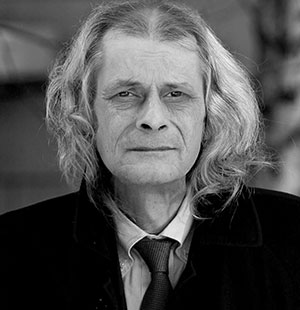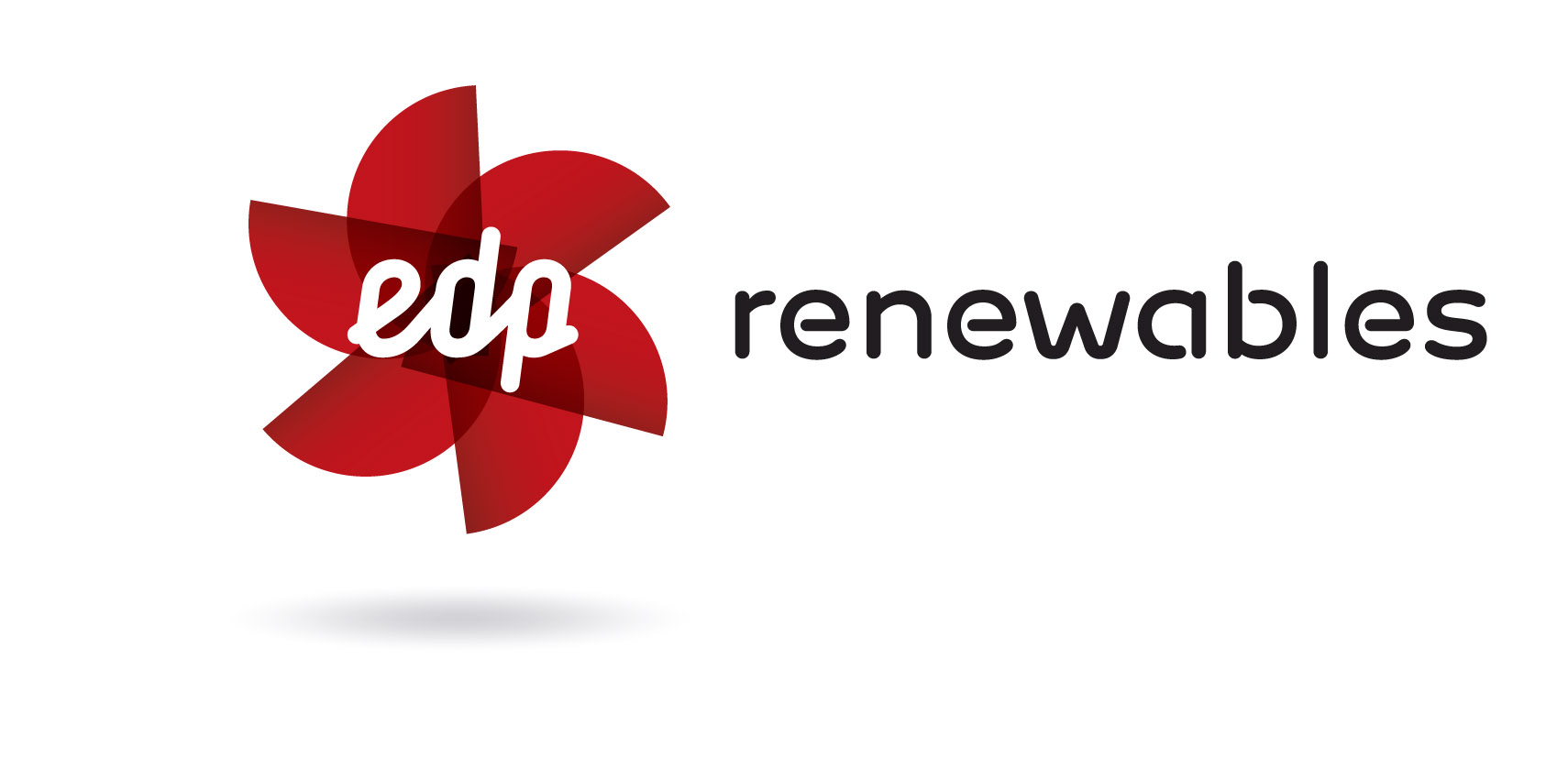26 May 2017
Interview with João Manso Neto, CEO of EDP Renewables

Can you tell our readers a little about your organisation?
EDPR is a market leader in renewables, with top quality assets in 12 countries. We manage a global portfolio of 10.4 GW of installed capacity, approximately half of Europe’s installed capacity, and employ 1,083 employees. EDPR has been developing wind farms since 1996 and was listed on the stock market for the first time in June 2008. Currently, EDPR is present in Europe (Belgium, France, Italy, Poland, Portugal, Romania, Spain and the United Kingdom), Brazil, the United States, Canada and Mexico.
Within Europe, our largest onshore markets are Spain (2.2 GW) and Portugal (1.2 GW). We are also firmly committed to the development of offshore wind energy. In that area we are currently participating in two projects in France with a total of 1GW, partnering with ENGIE, and we are also developing a 1.1 GW project in the UK.
What are the most exciting developments you have seen in the wind industry?
In EDPR, we believe that the current market design is not adequate for massive decarbonisation and does not provide the needed investment signals. Therefore, It would be key that the regulatory framework for renewables, and for wind in particular, gets adapted and evolves in a way that the aforementioned decreases in generation costs could continue and, more important, could be transferred to the final consumers.
Being a global player with a big presence in the US, it is clear that the above can only be achieved by the promotion of long-term investment signals through competitive auctions for long term contracts, providing stability and visibility: the widespread adoption of tenders, tenders which would have to provide long-term PPAs. Long-term contracts awarded through auctions have several (and obvious) benefits: competition is ensured, efficient price setting and investors’ risk premium is reduced and, as a consequence, the price for consumers also decreases.
New market design will also be relevant for conventional technologies, like natural gas, which are still important for the balanced mix needed to support deeper renewables penetration.
Going forward, what role do you see your organisation playing in the future development of wind energy?
We hope to continue to be a leading player, contributing to the development of the industry so that it becomes even more of a mainstream generation technology.
How has WindEurope membership benefited your organisation?
WindEurope has been a reliable partner to us in everything to do with the relationship with European stakeholders and decision makers and also as a source of information and insights.
Additionally, WindEurope has proven to be a very effective platform for meeting peers, potential partners and suppliers. I have no doubt in affirming that our active participation in WindEurope’s working groups and events has allowed us to meet a lot of peers from the industry at very different hierarchical levels, helping to enrich our company and to identify and develop new business ventures.
Last but not least, we enjoy all the benefits of what WindEurope has been doing to establish and manage relationships at a European level. What WindEurope has achieved to the benefit of European wind industry has been also to the benefit of EDPR. And we would like that to continue, especially in the current context after the disclosure of European Clean Energy Package last November.
If we look ten years ahead, what do you hope to have achieved?
As you know, today we are one of the leading onshore wind operators in the world, with more than 10 GW of installed capacity throughout more than 10 countries. Ten years from now, I’d say that it would be a must for us to remain a leading onshore wind operator. However, the company is now making a bet which goes beyond onshore wind; it is public knowledge that we are currently involved in some ventures with other peers to develop offshore wind.
In France, together with ENGIE, we are involved in two offshore projects, one in Dieppe-Le Tréport and another on the islands of Yeu and Noirmoutier, each with an installed capacity of 500 MW. We have also recently announced our participation in the next round of the third tender process for a wind farm with a capacity of between 250 and 750 MW off the coast of Dunkirk. Additionally, we are developing a 1.1 GW project on the coast of Scotland coming from the 3rd allocation round. Looking further, I would also like to highlight the WindFloat project, a floating wind energy facility being developed by EDPR along with other partners. The project involves two different sites: an 18 MW project in France and a 25 MW facility in Portugal.
So I’d have to say that, ten years from now, we would like to be a leading wind developer in the most comprehensive way – including not only onshore but also offshore wind.
We are also exploring the complementarity of wind with other technologies. For example, in Romania we are implementing a battery energy storage system for one of our facilities there, while in Spain we are building a pilot where we mix wind and solar PV and we see complementarity between wind and solar at a system level. We may pursue these paths further if we deem them appropriate.


